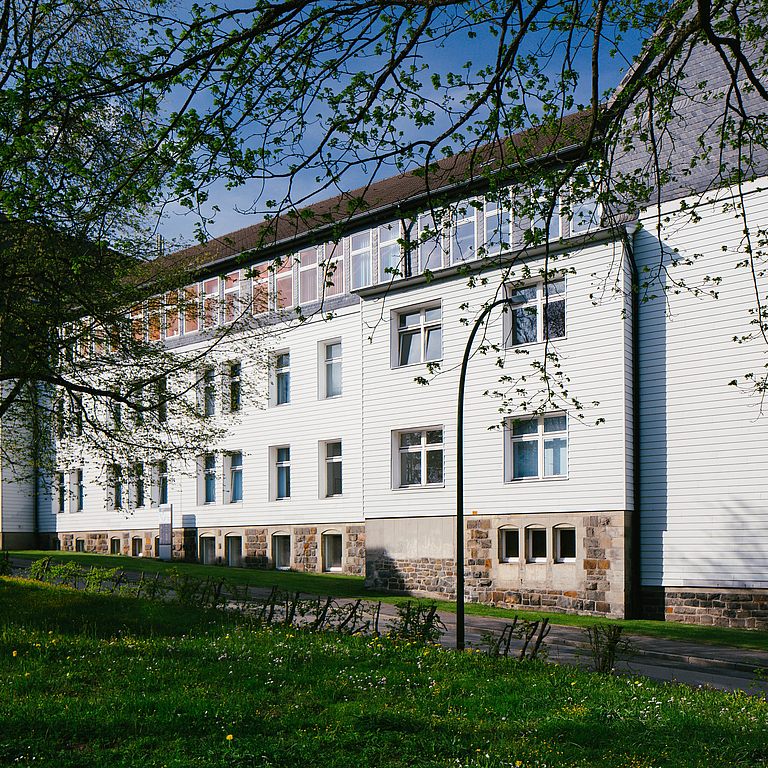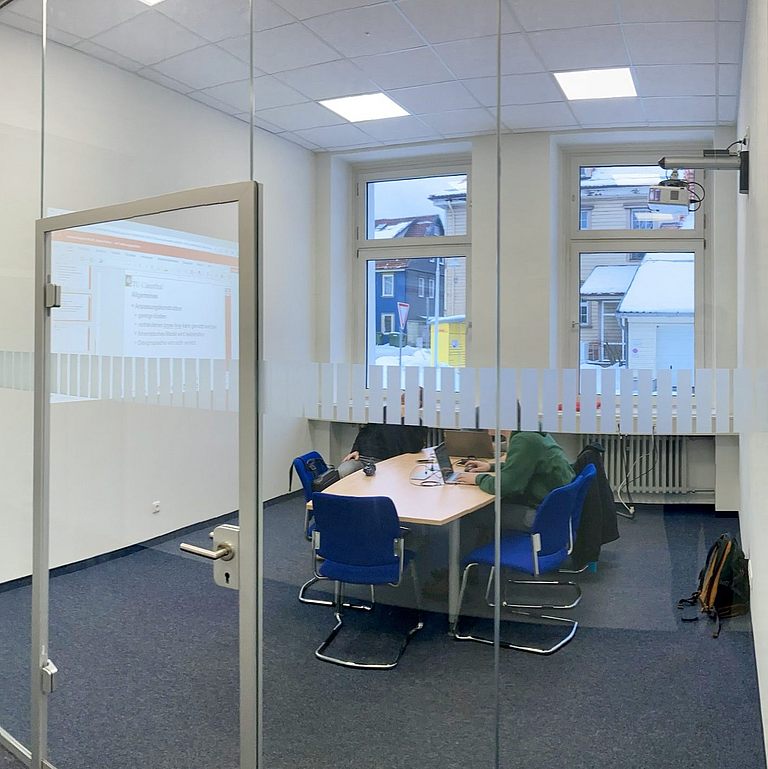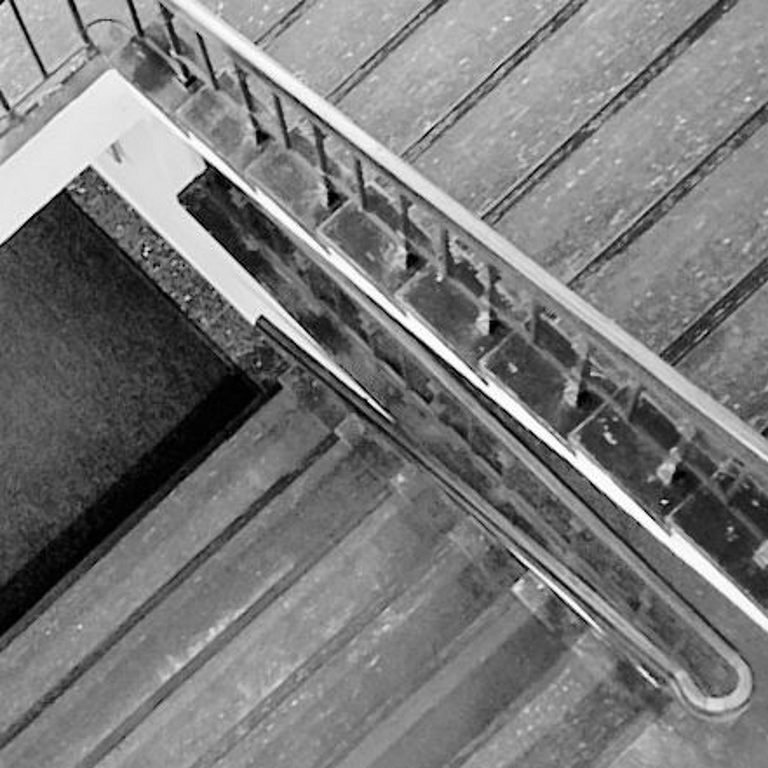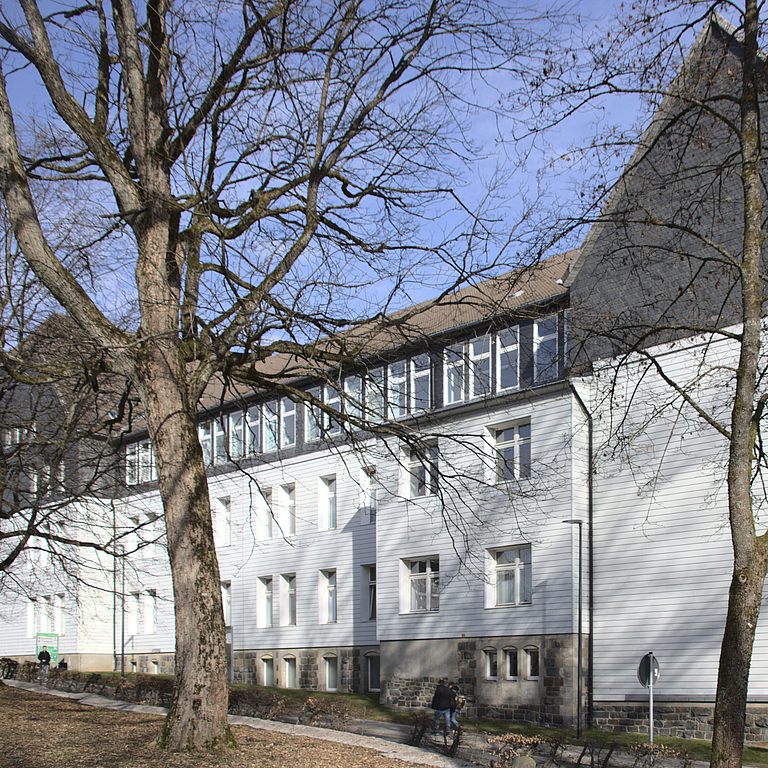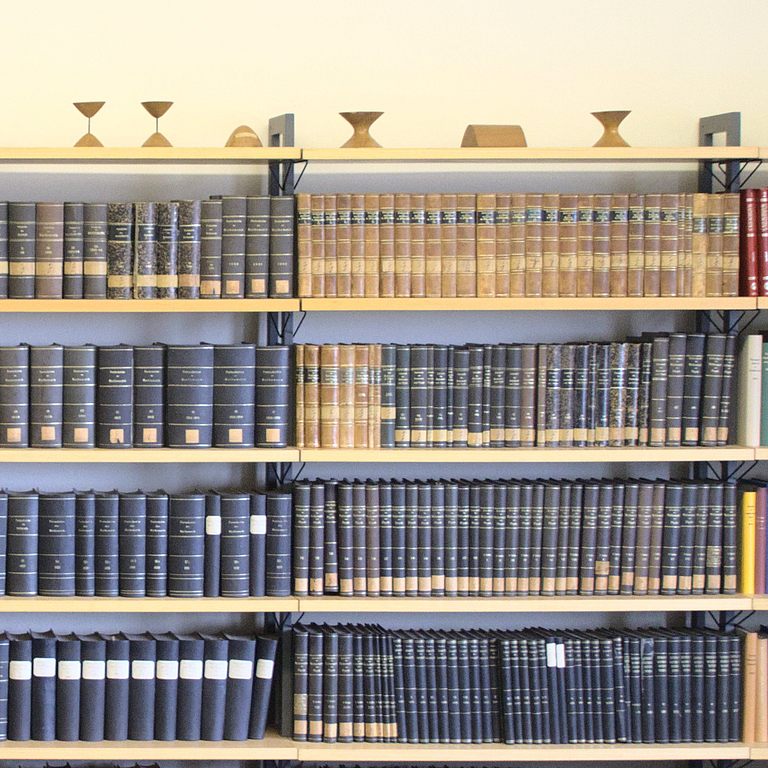Design of queueing system
Using the formulas of queueing theory everyday waiting situation can be examined. As an example we present four typical pattern for discussion:
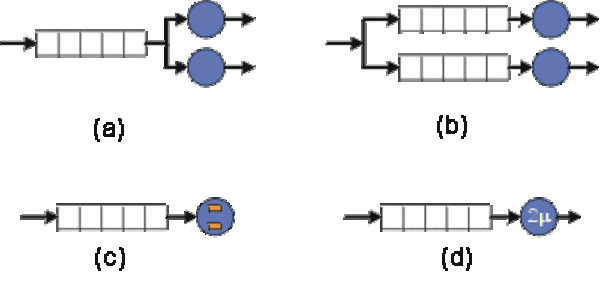
Short description of the individual systems:
- There are two operators. The incoming customers are assigned by a so-called dispatcher to one of the service desks. This principle is used for example at airport check-ins.
- Here are two parallel servers available, too. However, customers are already divied on arrival evenly (i.e. 50% each) to the two queues.
- There is only one operator and one queue. However, the operator can operate two customers simultaneously.
- There is only one operator and one queue. However, the operator works at double speed.
This raises the question which is the best system in practice. To compare the systems we use as a the average number of customers in the system as the performance indicator.
The following parameters are assumed for comparison of the performance of the systems:
| Arrival rate | λ = 1.8, |
| Service rate | μ = 1.0, |
| Coefficient of variation of the arrival process | cl = 1.0, |
| coefficient of variation of the service process | cs = 0 |
